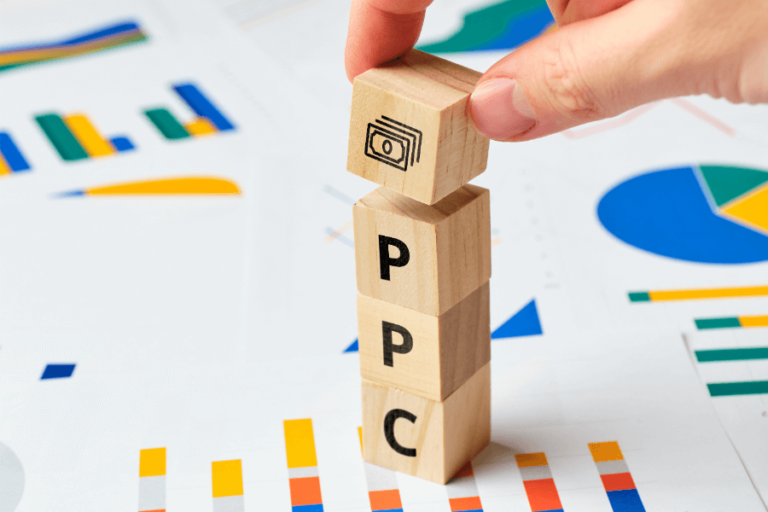PPC marketing is, in fact, one of the most strong weapons of the competitive world of digital advertising. However, its effectiveness is hugely based on targeting the right audience. Knowing the needs, preferences, and behaviours of the audience forms the foundation for successful campaigns, where the ads show up in front of the right and potential clients.
Audience insights are the foundation on which firms across cities like PPC Manchester are streamlining their strategies, improving engagement, and maximising returns from investments. This article will take you through the most important steps toward defining your audience for PPC marketing and offer actionable strategies for optimising your campaigns toward measurable results. Whether experienced or a greenhorn, these bits of information will help deliver when it comes to audience targeting.
1. Analyse Demographics and Behavioral Data
The basis of audience targeting is knowing the demographics of age, gender, income levels, and locations. Analysis in these areas can help you create the profile of your target customer as a way of coming up with ads relevant to their needs. Google Analytics and Facebook Insights readily allow for business and organisation drill-down demographic information. But demographics are just one part. Behavioural data, including browsing history, purchase habits, and all kinds of online interactions, reveals more about what motivates your audience. Combining these two data sets makes sure that your PPC campaigns reach the right people at the right time, boosting engagement and conversions.
2. Construct Buyer Personas
Buyer personas are fictional representations of your ideal customers based on real data. They will help the marketer develop a mindset of the target audience about their goals, challenges, and decision-making processes. Effective personas begin by gathering such information as a survey, customer interviews, and website analytics. The information should also include hobbies, preferred communication channels, and even pain points. For example, a health supplement persona: an ageing person who is interested in wellness and will often check social media to find a product. Using buyer personas with your PPC campaigns will allow you to customise ad copy, visuals, and calls to action so the message resonates with segments of your audience.
3. Social Media Insights
Social media sites hold treasure troves of audience data. Platforms like Facebook, Instagram, and LinkedIn offer advanced targeting options based on user interests, behaviours, and connections. Through metrics available in your social media accounts, you can track patterns and preferences by identifying your followers. For example, if posts related to eco-friendly products elicit more engagement, then you may ensure that environmentally conscious customers are targeted through PPC campaigns. Besides this, social media advertising tools allow you much more precision in the way you delineate your audience so you can experiment with a variety of demographics to see which one gives you the best outcomes. This fluid approach means that campaigns are always being fine-tuned.
4. Competitor Research
Doing competitor analysis will help you know precisely who you need to target. You would research the PPC campaigns of your competitors to know who they are targeting and what they are doing. Tools like SEMrush and SpyFu can uncover keyword intelligence related to competitors, ad performance, and potential demographics. Analyse the words and pictures in their ads to find gaps or opportunities for differences. Additionally, they get some insights from the feedback they receive on social platforms or reviews to understand customers’ needs and expectations. By taking lessons from a competitor’s successes and failures, you can further refine your targeting strategy to reach the targeted group better.
5. Retargeting and Lookalike Audiences
Retargeting is another fantastic PPC strategy, as it can bring you back in front of visitors who have already visited your website but have not converted. These campaigns are built upon an audience which knows the brand and might be more prone to conversion. Lastly, lookalike audiences can be targeted, allowing you to target new users that are similar to your existing customers. These can be developed using data on platforms such as Facebook Ads or Google Ads. Both approaches depend on having an understanding of your target audience and expanding it smartly. Use these tools to reach the right people who are most likely to respond positively to your brand.
Conclusion
Defining your audience is the way to guarantee success for PPC marketing. By analysing demographics, creating buyer personas, utilising social media insights, studying competitors, and using retargeting strategies, you can aim your ads with precision and efficiency. Each of these steps holds a piece of the puzzle in creating a comprehensive understanding of who your audience is and how best to engage with them. Businesses like PPC are paving the way for embracing such techniques, which leads to higher engagement rates and a stronger ROI. By fine-tuning the process and remaining responsive to audience preferences, you can turn your PPC campaigns into powerful growth and brand awareness tools.
Visit blogpedia for more informative news.
